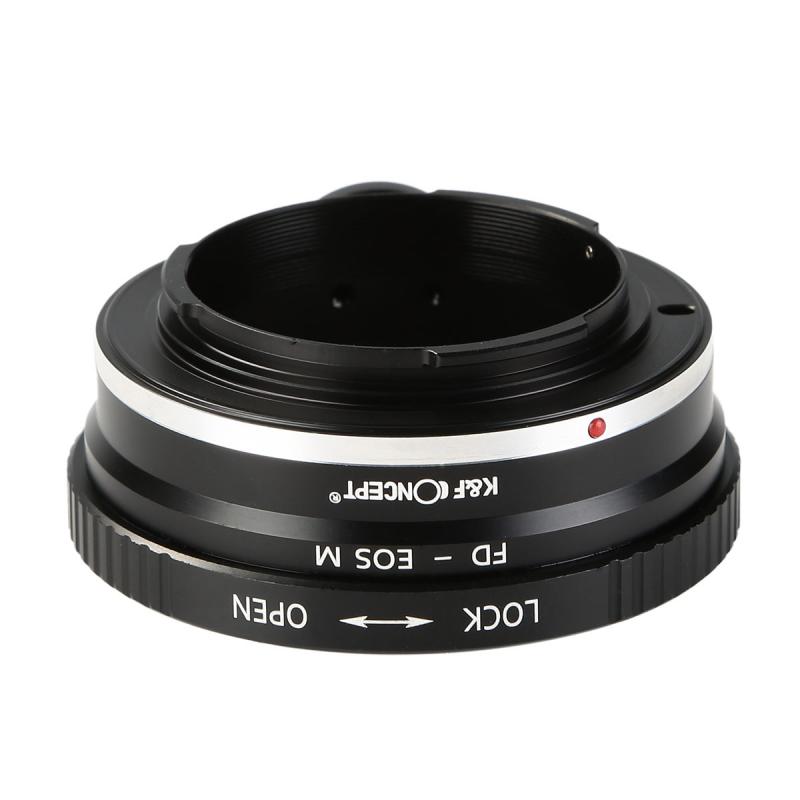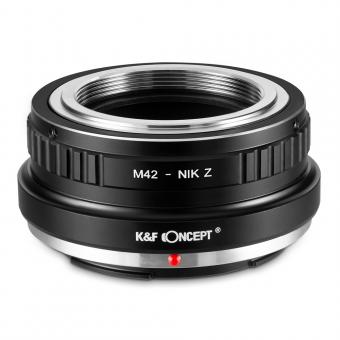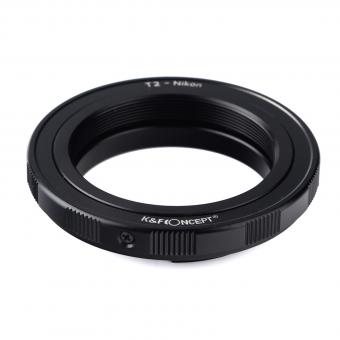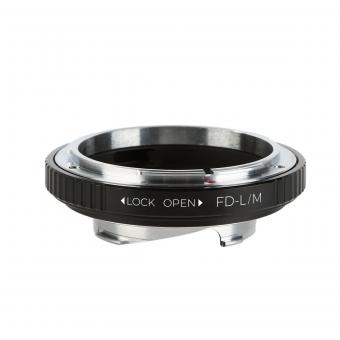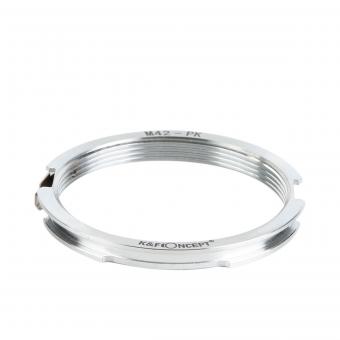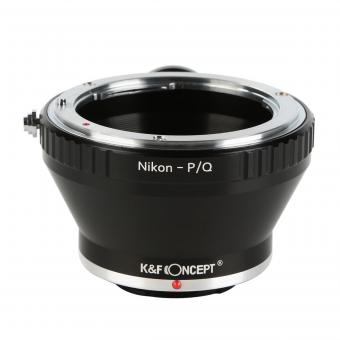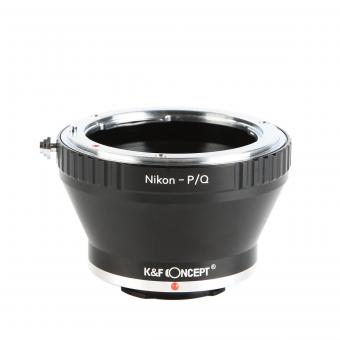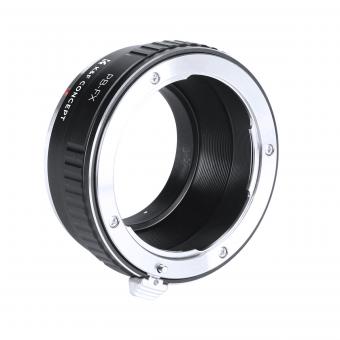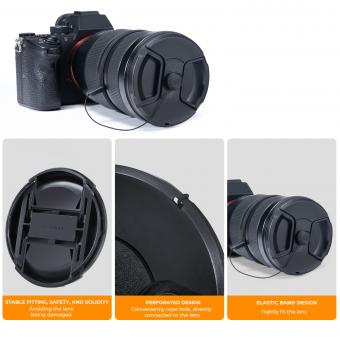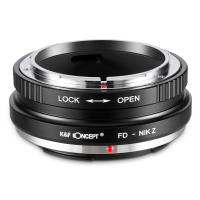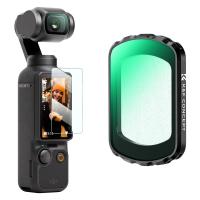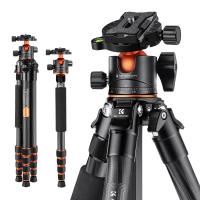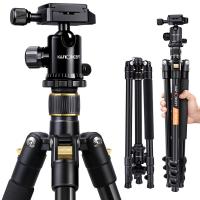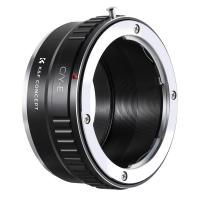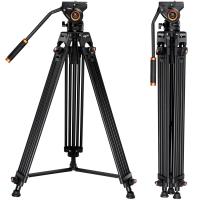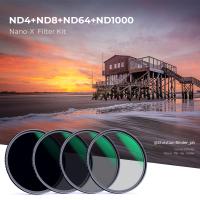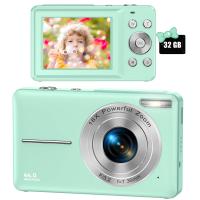What The Camera Saw ?
The camera captures visual information and records what is in its field of view. It can capture images or videos of people, objects, landscapes, events, and more, depending on what it is pointed towards. The camera essentially sees whatever is in front of its lens and converts it into a digital or analog format for viewing or storage.
1、 Photographic documentation of the visual world
What the camera saw is a photographic documentation of the visual world. It captures moments frozen in time, preserving them for eternity. The camera is an impartial observer, capturing the world as it is, without bias or interpretation. It sees the beauty in the mundane, the extraordinary in the ordinary.
Through the lens of the camera, we witness the grandeur of nature - the majestic mountains, the vast oceans, and the vibrant colors of a sunset. We see the intricate details of a flower petal, the delicate patterns on a butterfly's wings, and the curiosity in the eyes of a child. The camera reveals the emotions etched on a person's face, the joy, the sorrow, and everything in between.
But the camera also sees the harsh realities of the world. It captures the devastation of war, the pain of poverty, and the struggles of everyday life. It exposes the inequalities and injustices that exist, forcing us to confront uncomfortable truths.
In today's digital age, the camera has become more accessible than ever before. With smartphones in almost every pocket, we are all photographers, capturing and sharing our own unique perspectives. Social media platforms have become virtual galleries, showcasing the diverse range of images that the camera sees.
However, it is important to remember that the camera can only capture what is in front of it. It cannot capture the full essence of an experience or convey the depth of human emotions. It is merely a tool, a medium through which we can document and share our visual world.
In conclusion, what the camera sees is a reflection of our world - its beauty, its flaws, and everything in between. It is a powerful tool that allows us to document and share our experiences, creating a visual record of our collective human existence.
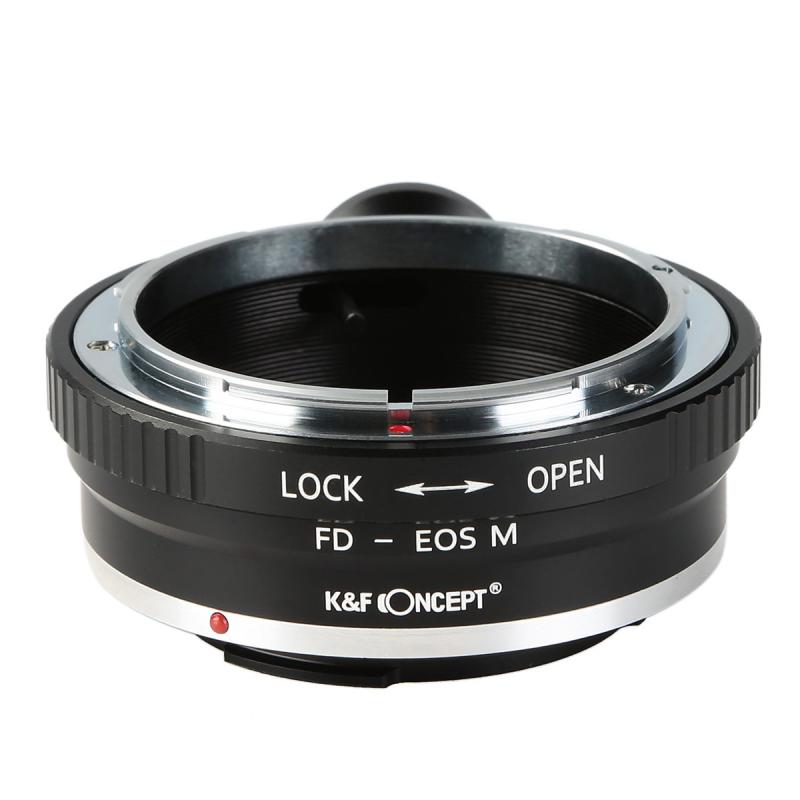
2、 Capturing moments through the lens of a camera
What the camera saw: Capturing moments through the lens of a camera
The camera, a powerful tool that has revolutionized the way we capture and preserve moments, has witnessed countless stories unfold through its lens. From the birth of a child to the union of two souls in matrimony, it has been there to document the beauty and emotions that make up our lives.
Through the camera's lens, we have seen the world in all its glory. It has captured breathtaking landscapes, from the majestic peaks of mountains to the vastness of the ocean. It has allowed us to witness the wonders of nature, from the delicate petals of a flower to the graceful flight of a bird. The camera has given us the ability to freeze time and immortalize these moments of beauty.
But the camera has also seen the darker side of life. It has captured the pain and suffering that exists in our world. It has witnessed wars and conflicts, documenting the devastation and loss that they bring. It has seen the tears of those who have experienced tragedy and the resilience of those who have overcome adversity.
In recent times, the camera has become a powerful tool for social change. It has shed light on social injustices and given a voice to the marginalized. It has captured the protests and movements that have shaped our society, sparking conversations and inspiring action. The camera has become a catalyst for change, exposing the truth and demanding accountability.
Through the lens of a camera, we have the power to capture moments that will be cherished for generations to come. It allows us to tell stories, evoke emotions, and create lasting memories. The camera is not just a device, but a witness to the human experience, capturing both the beauty and the struggles that define our world.

3、 The role of cameras in recording historical events
What the camera saw in the role of recording historical events is a powerful tool that has revolutionized the way we perceive and understand history. Cameras have played a crucial role in capturing significant moments, documenting the past, and preserving memories for future generations.
Throughout history, cameras have witnessed and recorded some of the most pivotal events that have shaped our world. From the invention of the camera in the 19th century to the present day, these devices have captured wars, revolutions, social movements, and cultural shifts. They have allowed us to see the faces of those who fought for freedom, the devastation of conflicts, and the triumphs of human achievement.
Cameras have the ability to freeze a moment in time, providing a visual record that can be studied, analyzed, and shared. They have become a vital tool for historians, journalists, and researchers, enabling them to delve into the past and gain a deeper understanding of historical events. The camera has the power to capture the emotions, struggles, and triumphs of individuals, giving a voice to those who may have otherwise been forgotten.
In recent years, the role of cameras in recording historical events has expanded even further with the rise of social media and citizen journalism. With the advent of smartphones and social media platforms, anyone can become a witness and document events as they unfold. This has led to a democratization of historical recording, allowing for multiple perspectives and a more comprehensive understanding of events.
However, it is important to note that cameras can also be subjective and manipulated. The camera's lens can shape the narrative and influence how events are perceived. It is crucial to critically analyze and verify the authenticity of the images captured.
In conclusion, the camera has played a vital role in recording historical events, providing us with a visual record that allows us to understand and learn from the past. It has the power to capture the essence of a moment, preserving it for future generations. As technology continues to advance, the role of cameras in recording history will undoubtedly evolve, providing new perspectives and insights into our shared human experience.
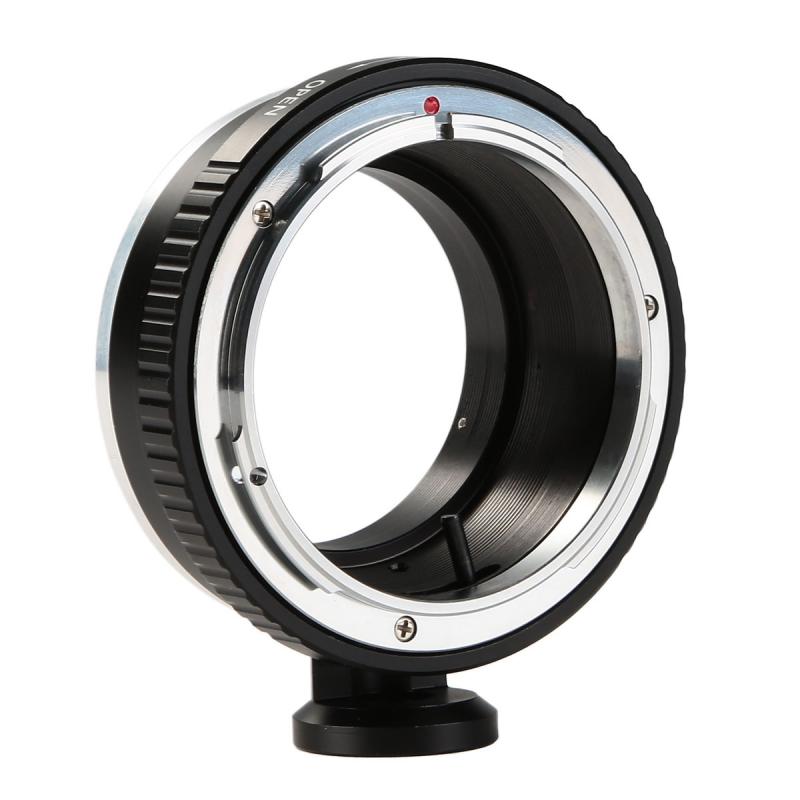
4、 Surveillance and security cameras in modern society
Surveillance and security cameras in modern society have become ubiquitous, capturing and recording countless moments of our daily lives. These cameras act as silent witnesses, documenting events and providing a sense of security. They have become an integral part of our society, serving various purposes ranging from crime prevention to traffic monitoring.
What the camera saw is a constant stream of images, capturing both mundane and extraordinary moments. It sees the bustling streets of a city, the comings and goings of people, and the interactions between individuals. It witnesses acts of kindness, as strangers help each other, and it also captures acts of violence and crime. The camera sees the faces of individuals, their expressions, and their emotions, providing a glimpse into the human experience.
In recent years, the role of surveillance cameras has expanded beyond traditional security measures. They are now used for facial recognition technology, enabling law enforcement agencies to identify and track individuals. This development has sparked debates about privacy and civil liberties, as concerns arise regarding the potential misuse of this technology.
Moreover, the camera has also become a tool for social change. It has exposed instances of police brutality, racial profiling, and other injustices, leading to calls for accountability and reform. The camera has become a powerful tool for citizen journalism, allowing ordinary people to document and share events in real-time.
However, the camera's presence also raises concerns about the erosion of privacy. With cameras constantly monitoring public spaces, individuals may feel a sense of constant surveillance and loss of personal freedom. The balance between security and privacy is a delicate one, and society must navigate this terrain carefully.
In conclusion, surveillance and security cameras in modern society have become the eyes that watch over us. They capture the moments, both ordinary and extraordinary, that shape our lives. While they provide a sense of security and aid in crime prevention, their presence also raises important questions about privacy and civil liberties. As technology continues to advance, it is crucial to strike a balance between the benefits of surveillance and the protection of individual rights.
